Popular games published by company Bullet-Proof Software
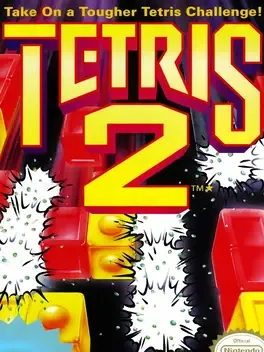

Super Tetris 3 is yet another version of the famous soviet puzzle game. However, despite what the title may suggest, contained within are actually four different versions of Tetris: Tetris Classic, Familiss, Sparkliss, and Magicaliss. Tetris Classic, of course, is the basic version of the game, which comes with an endless mode and a 25-line "standard" mode. Familiss, as the name might suggest, is a family mode for up to four players simultaneously. Sparkliss, meanwhile, is very similar to Bombliss from Super Tetris 2, only with a medieval fantasy theme and different explosion patterns. Sparkliss includes both a stage mode and a puzzle mode. The most unique mode is Magicaliss, which has never shown up on any other version of Tetris. In Magicaliss, pieces come in three basic colors, and by rotating the piece, the player can choose between them. Creating a line entirely out of one color will clear all blocks on the screen of that color. There are also grey pieces, which can only be cleared by creating a line made entirely from one color, which will cause all grey blocks on screen to become that color. There are also rare rainbow pieces which will act as any color. Besides these additions, the game itself is basic Tetris. Tetris Classic, Sparkliss, and Magicaliss can also be played in a two-player battle mode, besides the four-player Familiss mode.
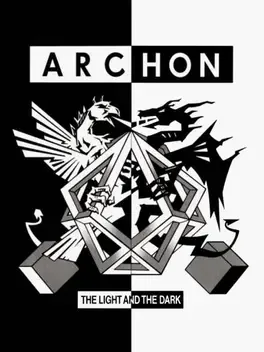
Archon: The Light and the Dark was a game developed by Free Fall Associates which loosely modeled the game of Chess, with a number of additions to the gameplay. It was programmed by Anne Westfall, and released originally for Atari 8-bit computers in 1983. It was quickly ported to a number of different systems, and was well-received.
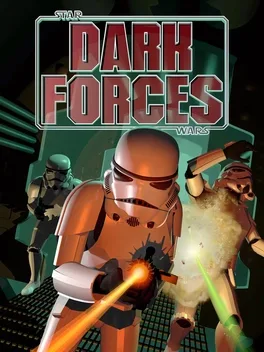
The Empire stretches its evil clutches across the galaxy, consuming planets with devastating results. Through many struggles, the Rebel Alliance has learned of a new Imperial battle station, the Death Star, with enough power to destroy an entire planet. The evil Empire is secretly building a massive army to complete their arsenal of domination and render their reign of terror unstoppable. Kyle Katarn, a formal Imperial Stormtrooper must join the Rebel Alliance's covert operations division, and re-take the Empire from the inside, one battle at a time. Unlike many other Doom-based games, Star Wars: Dark Forces attempted a realistic approach: the missions followed a specific storyline, sometimes cut up by scenes to progress the narrative. Each mission had its own briefing and objective. The levels were designed to represent actual bases, mines, facilities, and other known places from the Star Wars universe, like Star Destroyer interiors, Jabba's ship, Coruscant, etc.

M.U.L.E. is about four hopeful explorers trying to make a fortune on a virgin planet. This is done by producing various goods (Food, Energy, Smithore, Crystite). Each of these goods have their uses: if you don't have enough food, you will have less time during your turn. If you don't have enough energy, your output will be lower. If enough smithore isn't produced, there will be a shortage of M.U.L.E.s. Crystite is the big earner that can make or break your game. You start the game by selecting your race. Some are easier to play, some harder. There are three levels of difficulty, in the easiest the game only lasts 6 turns, but the real game is 12 turns. Crystite is not available at the easiest level. Each turn starts with land claim. Each player gets to choose a spot of land for themselves from the map. If two players choose the same spot, the player with less money wins. The map consists of different landscape. River is best for producing food, plains for energy, mountains for smithore. Crystite is hidden and must be first found by taking a land sample to the town. After the land claim each player takes turns in cultivating their land and do other tasks. They can buy M.U.L.E.s to start production on their land, sabotage other players by buying M.U.L.E.s and letting them loose, try to catch the Wumpus for cash and try to find crystite veins. The time to do these things depends on if the player has enough food. Finally the player goes to the casino and wins a small amount of money, depending on how much time was left.
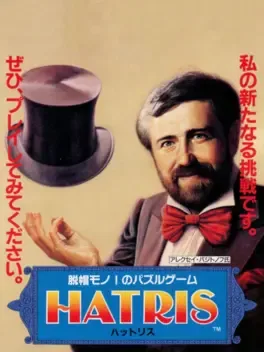
Hatris is a puzzle video game developed by Alexey Pajitnov, creator of famous video game Tetris. In Hatris, the falling blocks of Tetris are replaced by falling hats which are top hats, cowboy hats, baseball caps, derbys, party hats and crowns. The setting is a hat factory, where hats are dropped down from a conveyor belt two at a time and must be stacked on one of six mannequin heads. Once five hats of the same kind have been stacked on top of each other, they fall down onto another conveyor belt below and are shipped out of the factory, rewarding the player with a cash bonus (the game keeps track of score as money, not simply points). Once you ship out enough hats out of the shop, you go up a level to the next shop. The higher shop number you get to, the more types of hats start appearing to make it more difficult for you to accomplish your task. The game ends when one of your stacks of hats reaches the top of the screen.
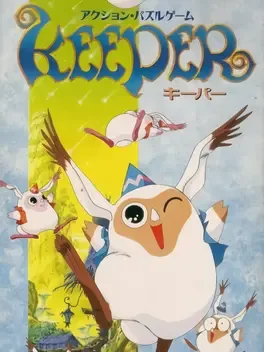
Keeper is an action/puzzle game developed by Fupac and published by Bullet-Proof Software, and released only in Japan for the Super Famicom.
The first version of BomBliss, released alongside Tetris 2 in Japan.
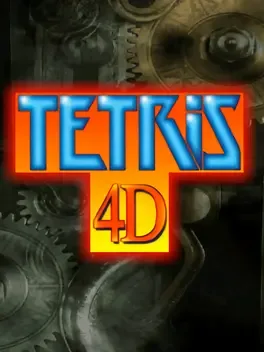
A Tetris game for the Dreamcast.
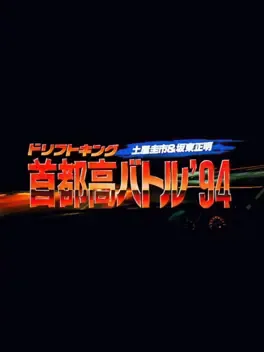
Drift King Shuto-kou Battle '94: Tsuchiya Keiichi & Bandou Masaaki, is a Japan-only racing game for the Super Famicom. The player controls a stock car across various circuits (highway, race track, driving school or tōge) in either the scenario or the practice mode of the game. It was published by Bullet-Proof Software (BPS). This game is the first of the long-running series of Shutokō Battle games. These games were eventually known under various names abroad including Tokyo Xtreme Racer in North America and Tokyo Highway Challenge in Europe. "Drift King" is the trademark nickname of Japanese pro racing and former street racing driver Keiichi Tsuchiya.
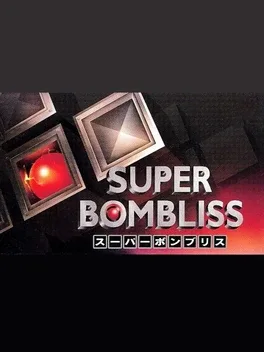
The first episode of All Japan Super Bombliss Cup '95. All Japan Super Bombliss Cup '95 (also Bombliss Cup '95) is a Downloadable game for the Satellaview that was broadcast between October 11, 1995 and November 21, 1995. The game was presented by Hatris, Yoshi's Cookie, and Tetris developer, BPS, and it is a pseudo-sequel to the Tetris variant, Bombliss.
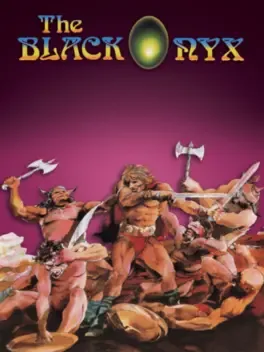
The Black Onyx is a role-playing game developed by Bullet Proof Software. It was released, among other consoles and computers, for the SG-1000 in 1987. It was the last SG-1000 game to be released in card form, and the last to be published by Sega, but it is currently unknown as to whether it was the last SG-1000 game. MSX and PC-8801 versions had been released in 1983 and 1984, respectively, meaning this version is unusually late. The game was followed by The Black Onyx II: Search For The Fire Crystal, which saw its original MSX release in 1984.
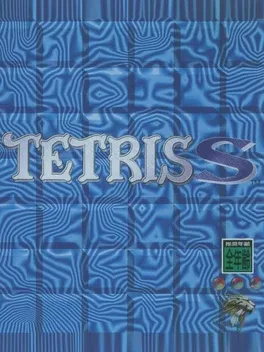
A Japan-only release of Tetris for the Saturn.
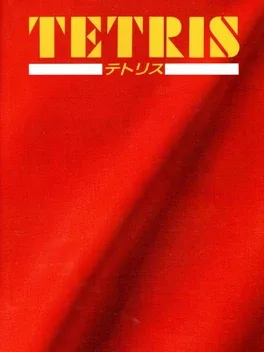
The Sharp X1 version of Bullet-Proof Software's version of Tetris.
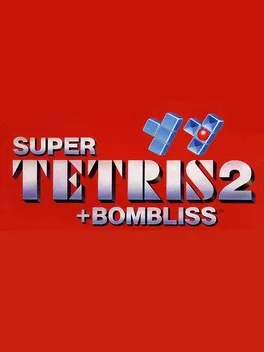
Aside from including a traditional Tetris mode, Super Tetris 2 + Bombliss included BomBliss mode that featured bombs used to destroy surrounding pieces after a line was completed. It also included a Tetris "C Mode" in which the ground level blocks automatically rise after a set number pieces are destroyed.
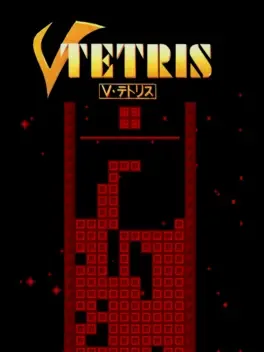
V-Tetris is a Miscellaneous game, developed by Locomotive Corporation and published by Bullet Proof Software, which was released in Japan in 1995.
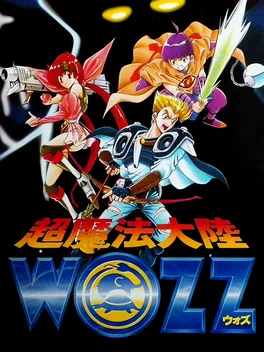
A traditional Japanese-style RPG similar to Breath of Fire: turn-based battles are viewed from an isometric perspective. You control all three characters as a party, but in the beginning of the game you choose one of them as the main character, and therefore will see the game from his/her perspective. In case the characters split up, you'll be able to control only the one you chose.
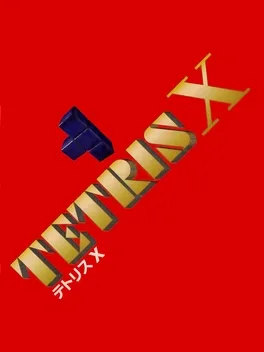
Tetris X is a tetris game with 2 game modes: Battle & Classic mode. In the battle mode you can play up against 3 human players or against the computer.
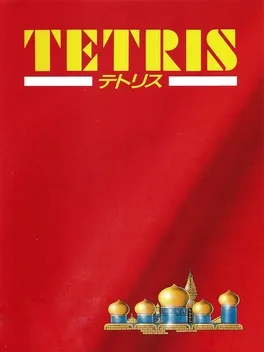
Tetris, developed by Bullet-Proof Software, was the first licensed Tetris game to be released commercially in Japan. It was released on most of the common home computers from the era.
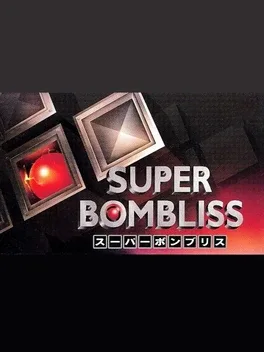
The second episode of All Japan Super Bombliss Cup '95. All Japan Super Bombliss Cup '95 (also Bombliss Cup '95) is a Downloadable game for the Satellaview that was broadcast between October 11, 1995 and November 21, 1995. The game was presented by Hatris, Yoshi's Cookie, and Tetris developer, BPS, and it is a pseudo-sequel to the Tetris variant, Bombliss.

Dekitate High School is a Super Famicom video game that was released to an exclusively Japanese market in 1995 and was considered to be the first "high school simulation" video game to be released for the Super Famicom. Famed Japanese illustrator Nishiki Yoshimune would draw the cover art for the game while the actual character design was done by the in-house staff at C-Lab. The game involves going through a day of high school in Japan as a teacher while managing a star pupil to good grades and popularity. Players can even build their own high schools for the purpose of gameplay, making this game similar to SimCity. A massive amount of yen is given at the start; so players can assign all the classes and even create yards of grass for students to loiter in between classes. Socializing with an assigned student will be more than just teaching her kanji and arithmetic lessons. Menus and multiple choices are used to get through the game with a first-person perspective.
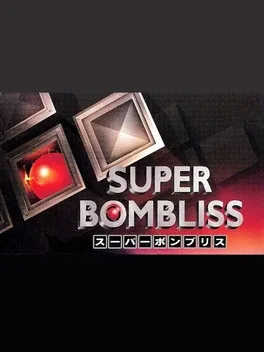
The third episode of All Japan Super Bombliss Cup '95. All Japan Super Bombliss Cup '95 (also Bombliss Cup '95) is a Downloadable game for the Satellaview that was broadcast between October 11, 1995 and November 21, 1995. The game was presented by Hatris, Yoshi's Cookie, and Tetris developer, BPS, and it is a pseudo-sequel to the Tetris variant, Bombliss.
Windows 95 port of Super Tetris 2 + BomBliss.